What does your workforce look like in the wake of the Covid-19 pandemic? If, as seems likely, lockdown and other preventative measures are relaxed further in the coming weeks, how will your business address the unique challenges presented by a (likely) recession that has been caused by the pandemic? As you un-furlough staff and begin to discuss new engagements with new clients, what will you need to change to get back to something approaching business as usual?
Several of our clients are now telling us that their post-Covid model is going to look radically different to their previous one. Certainly, the more proactive and forward-thinking of our partners have recognised that this is an opportunity to rethink some previously sacred working practices. We’ve identified the three changes that, in our opinion, are most likely to manifest themselves in the future, bringing potentially significant advantages to those savvy businesses who embrace them.
3 potential significant opportunities
- Remote working as the new normal
 Remote working was already pretty well-established in a number of industries well before 2020 of course. There are plenty of companies that have been enjoying the benefits of a flexible, home-based workforce for some time, including both a better work life balance and reduced commuting costs for staff, plus lower overheads for employers.
Remote working was already pretty well-established in a number of industries well before 2020 of course. There are plenty of companies that have been enjoying the benefits of a flexible, home-based workforce for some time, including both a better work life balance and reduced commuting costs for staff, plus lower overheads for employers.This crisis has forced the hand of many industries and companies who were still somewhat reluctant though; now nearly everyone who could work from home for the last couple of months has done so. And it has been a real success in most cases.
This proof of concept means that in the future, employers may need to look at remote working as standard rather than the exception. Employees will expect (and in some cases need), that flexibility to remain. Some may want to come back to the office full time because they prefer it, but even then, businesses should review the cost/benefit of having a majority of the workforce onsite. There are likely to be financial and health reasons for extending remote working, not restricting it.
The potential advantage
Far from seeing this as an issue though, businesses should see this as a huge opportunity. In addition to the obvious benefits of reduced overheads and happier staff, the biggest change organisations can take advantage of is opening up their recruitment pool. If a company has been struggling to hire the right calibre of people within commutable distance of the office, the very obvious solution is to remove all geographic restrictions and look for the very best person no matter where they are based.
This crisis has shown that with the right technology and the will to make it work, even traditionally office-based roles in departments like operations and finance can be done from home. If your office is in Southampton but the best person for the job lives in Manchester, that really shouldn’t be a barrier to hiring them anymore.
- “Lean" methodologies are not just for the manufacturing, supply chain, and operations teams
 With staff furloughed and day-to-day activities greatly reduced in many organisations, the obvious question as things get back to normal involves levels of resource: are you operating efficiently? Whilst some companies can hand on heart say they are, most can’t. There are problems with bottlenecks, overstaffing, mismanaged resources, and legacy technology in a huge number of businesses. Productivity undoubtedly suffers, even in profitable organisations.
With staff furloughed and day-to-day activities greatly reduced in many organisations, the obvious question as things get back to normal involves levels of resource: are you operating efficiently? Whilst some companies can hand on heart say they are, most can’t. There are problems with bottlenecks, overstaffing, mismanaged resources, and legacy technology in a huge number of businesses. Productivity undoubtedly suffers, even in profitable organisations.
A proper review of resources should be high on the agenda for every business in the coming months. Are the right number of people doing the right jobs, with the right tools, in the right places? If not, why not? “Because we’ve always done it like that” really shouldn’t be the answer to that question.The potential advantage
The crucial calculation that successful businesses will need to make is whether 2 brilliant employees can do the work of 4 decent ones. Not by working your 2 superstars to breaking point, or expecting them to clock up 60+ hours a week, but by them working considerably more effectively, efficiently, and productively. They will need to be given the right tools and support to do it, but in those circumstances both headcount and costs could go down without a decrease in profits.
The most forward thinking businesses will combine a lean mindset with remote working; if your goal is genuinely to hire the very best people you should be looking far and wide for them, give them the tools, and allow yourself the opportunity to hire the optimum number, not just several of the ‘closest fit’ who are local to the office.
- It's time to rethink what a "professional" experience looks like
 In theory this is the easiest one to accomplish, but potentially it is also going to be the one that is most overlooked. In a world where people have lived through a global pandemic, it really should be time for businesses to look at certain customs and habits that have previously been considered mandatory.
In theory this is the easiest one to accomplish, but potentially it is also going to be the one that is most overlooked. In a world where people have lived through a global pandemic, it really should be time for businesses to look at certain customs and habits that have previously been considered mandatory.First for the chop could well be handshakes. Even if everyone is careful to stock up on hand sanitiser, many people see it as an unnecessary business anachronism and it could therefore be easily done away with. Certain industries may miss the test of strength required to succeed in their overly macho professions, but many are likely to be pleased to move with the times.
Business dress should also now be on the agenda for serious discussion. On the days that your staff are coming into the office, do they really need to be dressed in what they would wear to meet a client or go to an interview? Relaxed and functional is often fine for both home and office.
Meetings too can take on a far more flexible feel. Whilst it will still of course be important to get out and about to clients, suppliers, partners and so on, that won’t necessarily be the first option in most cases. Video conferencing may well overtake most of your face-to-face interactions, especially with people you’ve already met previously and colleagues that sit across multiple sites.
The potential advantage
The above changes represent flexibility. It’s about being seen to be a modern, approachable, proactive workplace. It will help you attract staff and boost your employer value proposition. It can also save you money; switching endless mileage claims and transport costs for video calls and less regular meetings.
Summary
Implementing these changes is likely to create a more efficient business operation as well as demonstrating a forward thinking business that moves with the times and is not afraid of change.
In a post-covid world, potential employees will start to ask “How did you react to the crisis?” as part of their due diligence when deciding whether to join you.
In our opinion, a business that can show they were ahead of the curve and turned a significant threat into an opportunity will have a major competitive advantage in attracting the best performing talent to their organisation.

